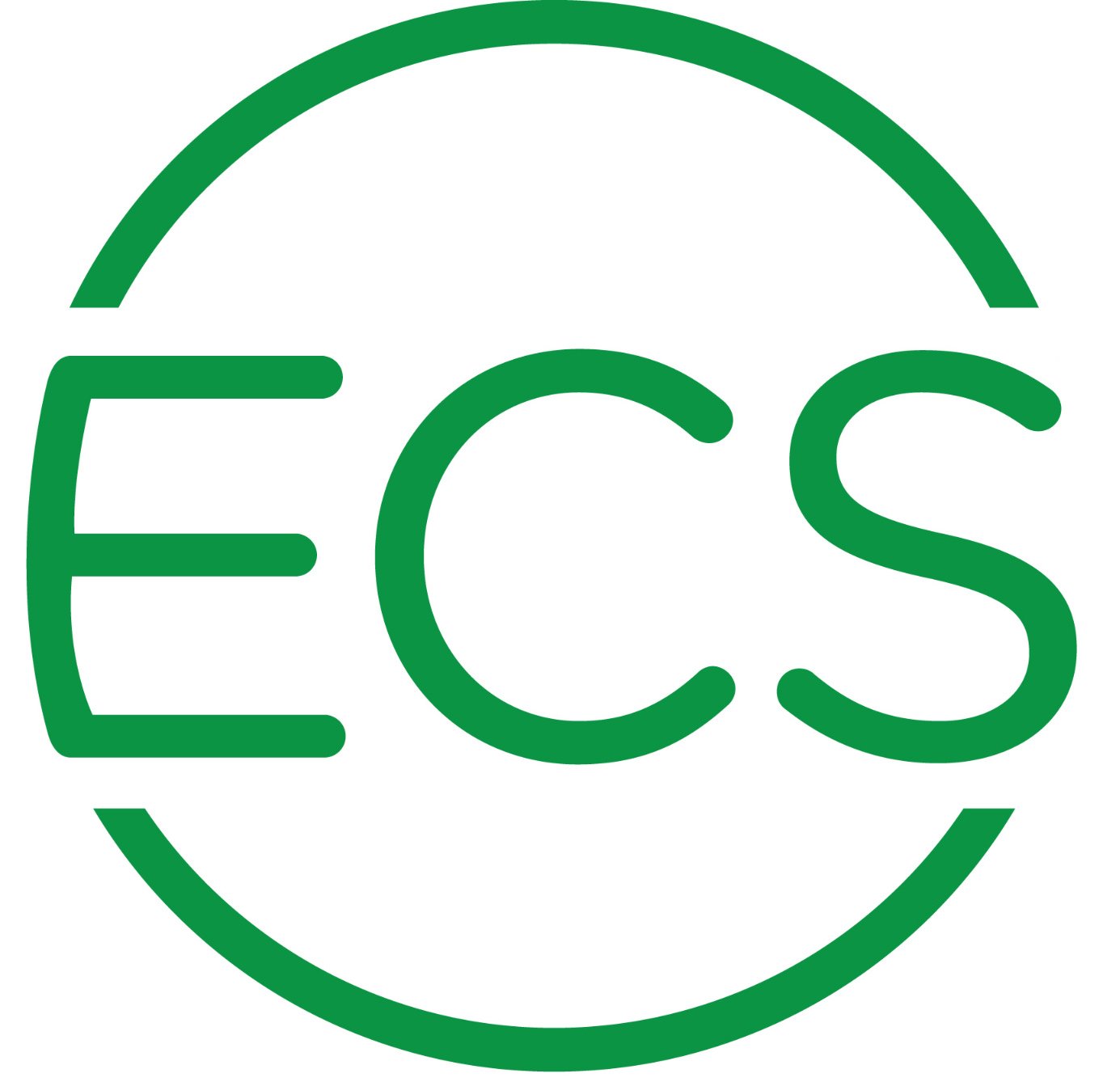Corrosion in fire sprinkler systems isn’t just a maintenance nuisance. It’s a serious threat that can lead to costly leaks, reduced firefighting capability, and premature system failure.
Traditional mitigation methods like galvanized piping or frequent pipe replacements have proven only partially effective and often expensive in the long run. This is where nitrogen-based corrosion prevention solutions are shifting the paradigm. By displacing the oxygen that fuels rust, high-purity nitrogen gas can dramatically slow down or even stop the corrosion process inside sprinkler pipes. The result is a longer-lasting system with fewer leaks and lower lifetime costs.
Let’s explore the return on investment (ROI) of nitrogen inerting for fire sprinklers and examine how this forward-looking strategy delivers financial and operational benefits over time.
Top Cost-Saving Benefits of Nitrogen Inerting in Fire Sprinkler Systems
Over the last decade, nitrogen inerting has become a best practice in mission-critical environments like data centers and cold storage warehouses, where even a minor leak can lead to costly disruptions. Adopting a nitrogen-based corrosion prevention system does require an upfront investment, typically the cost of a nitrogen generator unit, associated vents or hardware, and installation.
However, when evaluating ROI, it’s crucial to consider the full life-cycle savings and risk reduction that nitrogen provides.
Extended System Lifespan (Deferred Replacement Costs)
One of the most compelling ROI benefits of nitrogen is how significantly it extends the life of sprinkler piping. Systems that might otherwise require full pipe replacement within 10–20 years can now remain operational for several additional decades. Industry data and real-world projects consistently show that nitrogen inerting can multiply pipe life by 4× or more in dry and preaction systems.
At ECS, we’ve developed a clear, data-backed formula to help owners and contractors quantify the return:
- Annual Savings = (System Replacement Cost ÷ Service Life) – (System Replacement Cost ÷ (4 × Service Life))
- ROI = Nitrogen Implementation Cost ÷ Annual Savings
Let’s break this down using real project data:
- Dry system replacement cost: $480,000
- Typical service life on air: 20 years
- Nitrogen-extended life expectancy: 80 years
- Annual savings: $18,000
- Nitrogen system implementation cost: $34,850
- Payback period: Under 2 years
The bottom line? By preventing internal corrosion, nitrogen protects your infrastructure and defers major capital expenditures—making it a smart, long-term investment that delivers real, quantifiable returns.
Fewer Leaks and Lower Maintenance Expenses
Beyond life extension, nitrogen pays off by drastically reducing ongoing maintenance and emergency repair costs. Once pinhole leaks begin, a cycle of frequent repairs often follows. Each service call to fix a leak or unclog a pipe can easily run $1,000–$2,000 in parts and labor. It doesn’t take many of those incidents before the costs rival a nitrogen system installation. By preventing those leaks in the first place, a nitrogen system essentially pays for itself in avoided repair bills.
Consider a documented case: a 26-year-old wet sprinkler system in a commercial building had suffered 41 pinhole leaks, incurring nearly $50,000 in cumulative repair costs. The owner installed a nitrogen inerting setup (at an approximate $12,000 cost) to stop the corrosion. In the six years since that retrofit, leaks have been recorded as zero. Not only did the owner avoid further repair expenses, but they also avoided the disruption and water damage that each of those 41 leaks had caused previously.
When evaluating ROI, these avoided costs are critical. It’s not just the hard dollars for pipe repairs, but also the soft costs: tenant complaints, wet inventory or equipment, clean-up, and the drain on facility staff resources. All of that is largely eliminated or greatly reduced with a properly implemented nitrogen corrosion control system.
Upfront Construction Savings
While much of nitrogen’s value comes during the system’s service life, there are also significant upfront cost savings in new installations. Recognizing that nitrogen will protect the pipes, engineers and insurers allow the use of less costly materials and more efficient designs that cut initial project costs:
Use of Black Steel Instead of Galvanized
Insurance standards like FM Global (Factory Mutual) have traditionally required galvanized pipe in dry systems to help mitigate corrosion. However, FM Global now permits the use of black steel pipe when nitrogen is used as the supervisory gas, citing equivalent—or even superior—corrosion resistance. Black steel is significantly less expensive than galvanized, which requires additional zinc coating processes. Switching to black steel can reduce pipe material costs by approximately 30–40% upfront.
For example, one large parking garage project compared the cost of galvanized pipe with a nitrogen-free system versus black steel combined with nitrogen inerting. The galvanized option came in at $1,133,200, while the black steel plus nitrogen system totaled $759,700—a material savings of about $373,500. Even after factoring in roughly $32k–$42k for the nitrogen generator equipment (and contractor markup), the project still saved over $340,000 overall on day one. In essence, the nitrogen system paid for itself and enabled a huge net capital savings for the owner.
Thinner-Wall Pipe (Schedule 10 vs. Schedule 40)
Because a nitrogen-protected system isn’t expected to corrode internally at the same rate, some specifications allow lighter gauge sprinkler piping to be used. An engineer might choose Schedule 10 steel (thinner, cheaper, and quicker to install) instead of Schedule 40 if nitrogen is part of the design. That saves material and labor. Without nitrogen, the engineer or AHJ might insist on thicker Schedule 40 for longevity. Again, the cost differential can be meaningful, and it directly offsets the nitrogen equipment expense.
Smaller Pipe Diameters and Reduced Pump Size
Corrosion increases pipe roughness over time, which adds friction to water flow. To compensate, NFPA 13 has historically applied a lower Hazen-Williams C-factor of 100 to dry pipe systems. This means a designer must often use larger pipe diameters or a bigger fire pump to overcome higher friction losses in a future corroded state.
Nitrogen changes that. NFPA 13 (2022 and later) permits a higher C-factor of 120 for dry and preaction systems that maintain at least 98% nitrogen, acknowledging that corrosion is largely prevented. This essentially lets engineers design as if the pipes will remain smooth—like a brand-new wet system.
With nitrogen, this unlocks key design efficiencies:
- Use of smaller-diameter pipe due to reduced friction loss
- Potentially lower fire pump pressure or smaller water storage tanks
- Reduced overall pipe tonnage and material costs
- Elimination of high-capacity pump needs in some cases
Code Compliance and risk reduction
Corrosion control isn’t just about stopping leaks—it’s now a matter of code compliance and risk reduction. As FM Global and NFPA standards evolve to support nitrogen inerting, failing to keep up can result in more than just system inefficiencies—it can mean regulatory penalties, insurance headaches, and increased liability. Non-compliance risks include:
- Fines or citations from local Authorities Having Jurisdiction (AHJs)
- Higher liability exposure if system failure leads to fire or water damage
- Denied insurance claims due to poor maintenance documentation
By proactively addressing corrosion with nitrogen, facility owners not only protect their infrastructure—they also align with emerging requirements and avoid the financial fallout of falling behind.
Nitrogen Sprinkler Systems: High-Impact Protection, Measurable Returns
Nitrogen sprinkler systems are delivering tangible ROI in diverse settings from cold storage freezers to high-rise apartments to industrial plants. For property owners and facility managers, the message is clear: investing in corrosion prevention pays real dividends. Whether by avoiding costly downtime, right-sizing piping, or deferring full system replacements, nitrogen solutions provide quantifiable value that belongs in every cost-benefit analysis.
Ready to quantify your savings? Schedule a corrosion assessment with ECS today and discover how nitrogen protection can deliver long-term ROI for your fire sprinkler system.


